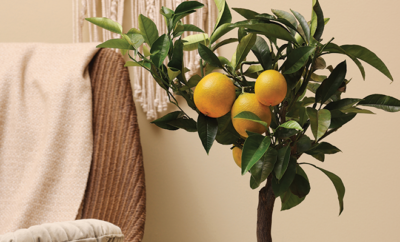
Framing fine art: the fine points
Art elevates its surroundings and the spirits of those viewing it, and framing is the final step to preserving and enjoying the pieces in a collection. Both the art collector and the artist find framing to be important because it is essential to protecting and upholding the piece’s value.
This step can be a considerable expense, often comparable to the cost of the actual artwork. Due to the lofty price tag, it is important to understand the proper procedure and materials that are needed to get a collection professionally framed.
If the work is purchased from a gallery or directly from an artist, first consult them on framing for aesthetics and referrals to professional framers. The artist will most likely recommend material and colors that will provide a more meaningful presentation of the piece. Also, the gallery can usually recommend a professional framer in the area.
The main function framing provides is protection from dirt, dust, particles, fading and water damage. Framing aids in preserving the value of the artwork, which means not framing properly can do considerable damage. Professional frame shops should be committed to following archival museum-quality framing guidelines. When you’re choosing a framer, ask as many questions as possible, including their process and materials recommended for the specific piece.
Here are some basics on styling and materials recommended for framing fine art. If the framer doesn’t follow, these then find another one in the area that does.
Mats and spacers
Works on paper, photography or prints usually require mats or spacers with glass. A mat creates a physical barrier between the piece and the glass. It is essential that glass never touch the artwork, as glass is the number one cause of damage to art. The actual matting materials should all be acid-free and made of all-rag fiber following archival preservation guidelines. Beyond functionality, there are many aesthetic reasons for matting a piece of art. The color of the mat aesthetically can affect the work tremendously. A general example of this is that a black mat typically enlarges and lightens while a white mat shrinks and darkens the piece.
Spacers are used for pieces that aesthetically do not need mats surrounding them. Spacers are usually plastic and provide a floating effect due to the space between the work of art and the glass. Plus, it’s a personal aesthetic choice whether or not you use a mat.
No drymounting
Drymounting a valuable work of art means eternally adhering it to its mat or frame, which significantly decreases the value of the piece. If the piece is not meant as an investment and is of lesser value, then drymounting is fine but not recommended. The proper material that should be used is linen tape, which follows archival museum-quality framing preservation guidelines. It is more expensive and tedious to use, but this is the best option for quality original works of art.
Glass
The best glass options that a professional framer should offer include regular glass, UV-blocking glass or non-glare glass. Regular glass is the straightforward option. UV-blocking glass is designed to protect art from damaging sun rays and non-glare glass is less reflective to help with glare. Plexiglas is an acrylic option that is less heavy, shatterproof, and can have the option to be UV-blocking, but it should not be used with framing charcoals, pastels or other powdery pigments.
Frames
The actual frame from a professional frame shop is often customizable to your work of art. The frames are made of either wood or metal. Professional framers prefer wood because it offers better protection for the art. Also, solid hardwood frames are rare and more expensive. Metal frames offer a range of styling usually leaning toward a modern, minimalist type of framing. Aesthetically, the frame should mimic the style of the work and not overwhelm it.
Now that you are familiar with some basics on how to frame fine art, here are a few questions to ask a potential frame shop:
• Do you have acid-free mat board?
• How do you adhere the mat to the piece of art?
• Will there be a space between the frame and the piece of art?
• Do you offer UV glass, acrylic Plexiglas and regular glass?
• What is their difference in price?
• What kind of wood is the frame made of?
• How much is the mat? Is it an extra cost for acid-free mat board?
• How much is the labor cost?
• How much is the frame?
This knowledge base will help you with properly framing pieces that will visually enhance the space and the collection. Beyond aesthetics, all elements of framing–the mat, glass, and frame–are crucial to affording the preservation of the work’s integrity and value and to making your favorite piece of art a true treasure. HLM
Sources: apartmenttherapy.com, artofframinginc.com, biddingtons.com, drloriv.com and fineartamerica.com.







